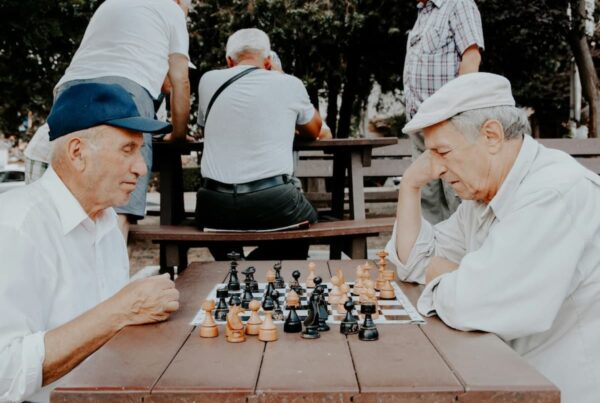Poison ivy is not something you want to encounter while on an afternoon hike or working in the yard. While symptoms are usually mild, they can be life-threatening for some people. Understanding what causes these reactions help make these awful experiences easier to avoid.
Urushiol
Poison ivy contains a sticky substance known as urushiol. This substance is transmitted when you come in contact with the plant either through touch or by inhaling smoke from burning leaves from the plant. In people who are sensitive to the chemical, a reaction is triggered by the immune system that causes the symptoms to appear. Residue on contaminated objects can cause reactions long after the plant is gone. It can be transmitted through clothing, tools, or pet fur that has touched the plant.
Severity
Reactions depend on how much urushiol you have come in contact with. Many people simply develop an itchy rash that covers the exposed parts of the body. Symptoms typically appear within two to three days and may result in raised blisters. Often, the itching is so intense that you scratch to the point of causing pain and swelling. Scratching blisters open introduces the possibility of infection, due to bacteria under the fingernails. If the rash continues for more than two weeks or you develop a fever, consult a doctor.
In rare situations, anaphylactic shock may occur. If you feel like your throat is closing, you suffer extreme swelling, or you experience breathing problems, seek medical help immediately. If you are known to have severe reactions to various toxins, consult a doctor as soon as symptoms appear to discuss treatment options that may be best for you.
Treatment
To minimize the effects of poison ivy, immediately wash the contaminated area with soap and water. Urushiol has to penetrate the skin to cause a reaction. Therefore, the quicker the area can be washed, the better. Remove clothes or shoes that may have come into contact and wash before allowing them to touch any other surface. Avoid touching the face or genitals to reduce severe exposure. Use cold compresses to ease the pain and discomfort caused by blisters. Antihistamines and topical creams may be used to minimize the reaction and lessen symptoms. Pain medication may be necessary in severe cases. If symptoms progress, a doctor might prescribe steroid cream or antibiotics if infection is present.
Prevention
Although poison ivy can be transmitted through contaminated objects, it’s not contagious. Taking preventative measures will ensure that it’s not spread from objects to other members of your family. Be aware of the plants in your area or where you are traveling and take measures to avoid coming in contact with the plant.





